Initiative turned into reality as the University of Massachusetts found a home for its football program in the Mid-American Conference. Football fans are elated, but the basketball side of the UMass faithful is torn on the move.
Part of the fanbase agrees that it’s a necessary step which will eventually pay off for all parties involved. But many are furious over the University leadership’s decision to sacrifice nearly 50 years of history as a founding member of the Atlantic 10 for a conference with little national success and a seemingly unappealing level of competition.
Let’s start by addressing UMass’ A-10 history. The argument that the move sacrifices the history and rivalries the university built over its time in the conference doesn’t seem grounded on the current reality of the league. It was vacated, but UMass has the A-10’s only Final Four appearance ever. It’s not like the conference has a rich history of success at the highest level. Even further, the school hasn’t had any truly meaningful A-10 rivalries for years.
“Coaching in the Atlantic 10 was appealing to me,” UMass men’s basketball head coach Frank Martin said of when he got hired. “I’ve done most of my recruiting on the east coast. I came here to coach at UMass, though. I didn’t come here to coach against Atlantic 10 schools. With all due respect, last year we played these ‘longstanding rivalries’ — no one came to games. We need people to root for UMass and that’s what’s happening this year.”
“As long as the school leadership — and they believed in me, and they haven’t lied to me since I’ve been here, so why would I not believe in their vision as to what’s best for us? As long as the school leadership is committed to allow us to continue to grow, I’m all in.”
Right now, it’s impossible to argue that MAC basketball is at the level of the A-10. It just isn’t there. In KenPom’s conference rankings, the A-10 ranks eighth among conferences while the MAC ranks 24th. It will be a step down in competition.
The real question now is whether that’s even a bad thing for UMass.
The Minutemen will come in as the MAC’s most well-funded program with the strongest infrastructure and history. They’ll have by far the strongest NIL base. As athletic director Ryan Bamford expressed, they’ll aim to be the benchmark and set a new standard from the jump when they join the conference for the 2025-26 season.
There’s absolutely a world where UMass can take advantage of the MAC’s lower level of competition. In the current state of the A-10 as a one-bid league, it’s conference title or bust for UMass — and when choosing between two one-bid leagues, wouldn’t the Minutemen rather take the easiest one?
If the transition is done right, the Minutemen will likely be the favorites to win the MAC right away. It’s yet to be seen whether it’ll give them worse odds at an at-large bid, but the move perhaps gives UMass a better chance to make the NCAA Tournament than in the A-10.
“Conference basketball is really hard. Don’t fall victim for the analytics,” Martin said. “What I can tell you is that everything I know about the MAC, it’s really good basketball. My vision as we go into the MAC is no different than the one we had in the A-10 when I got here: let’s build a program that can compete for a conference championship.”
The key to that transition will be the level of investment. UMass will have to lean on its NIL collectives to draw recruits and keep them around, making up for the level of competition being less enticing.
With Bamford committing to increasing funds, there’s no reason UMass can’t be this good in the MAC.
“Whether we’re in the A-10 or in MAC, that investment needs to keep happening for our basketball program to flourish,” Bamford said. “We have the right head coach to allow us to do that. We’re not resting, we’re not content, we’re not relaxing, we’re ramping up. We’re hitting all gas, no brakes.”
One of the biggest challenges of the move might be recruiting at the same level. Not only is it harder for UMass to sell its competition level, it may also be tougher to recruit effectively in the areas where Martin has the most experience: the East Coast and especially south Florida.
“If you’re not excited about where you work at, you’re not recruiting good players,” Martin said. “If you’re not excited about what you’re selling, you’re not going to recruit anyone that’s any good.”
Some things won’t change with the move. Martin will still have plenty of passion, and, crucially, UMass will have plenty of money.
“The MAC in basketball, from an NIL perspective, is doing very little,” Bamford said. “We’re going to go in and we’re going to be spending probably half a million dollars a year in NIL collective money for men’s basketball.”
According to Martin, Midwest players don’t like to come to the East Coast, and East Coast players don’t like to go to the Midwest. But he says, “the Midwest is blue collar, it’s hard work, it’s get out of bed regardless of the weather and conditions, you go do your job. That’s kind of who we are too.”
Martin spent time in the Midwest earlier in his career, recruiting in that area while at Kansas State and Cincinnati.
Another important aspect of the realignment is how to approach scheduling, and it includes pros and cons dependent on perspective.
Martin said UMass has been trying to upgrade its non-conference schedule since he got to Amherst. That will be even more important in the MAC to compensate for the lower-level conference slate.
“Scheduling with the NET, it’s a tool, you got to figure out a way to make your number good by scheduling the right way,” Martin said. “I like playing good teams. I like coaching good players; good players like playing big games; playing big games you got to play big name teams … It’s hard, it’s not easy. In the league I came from, when we had our league meetings as coaches, we’d say, ‘Don’t schedule the Atlantic 10, because the teams are too good.’”
It’s hard to schedule in the A-10. The conference is in a tough spot where teams are not big enough names to draw more options but also too good for power conference schools to risk playing. The risk-reward ratio is just not worth it for a high major school. Being in the MAC might help UMass look less risky to a power conference team.
The non-conference part of the schedule will play a crucial role as a decider in UMass’ at-large bid aspirations. That’s an advantage in favor of the A-10: teams with at-large hopes have more margin for error in a conference with the quality of the A-10. If UMass wants to be in those conversations, it’ll have to schedule — and win — tough non-conference games.
Martin also said he intends to fill out the available parts of the Minutemen’s non-conference slate with schools in the Northeast to help recruiting in the region.
Ultimately, regardless of where fans stand on the issue, Martin made it clear that there must be an understanding that a rising tide lifts all boats. “Elevating football is going to make it better for everybody,” he said.
“I understood all this before I took the job. That, eventually, this day was coming.”
Pedro Gray Soares can be reached at [email protected] and followed on X/Twitter @P_GraySoares.

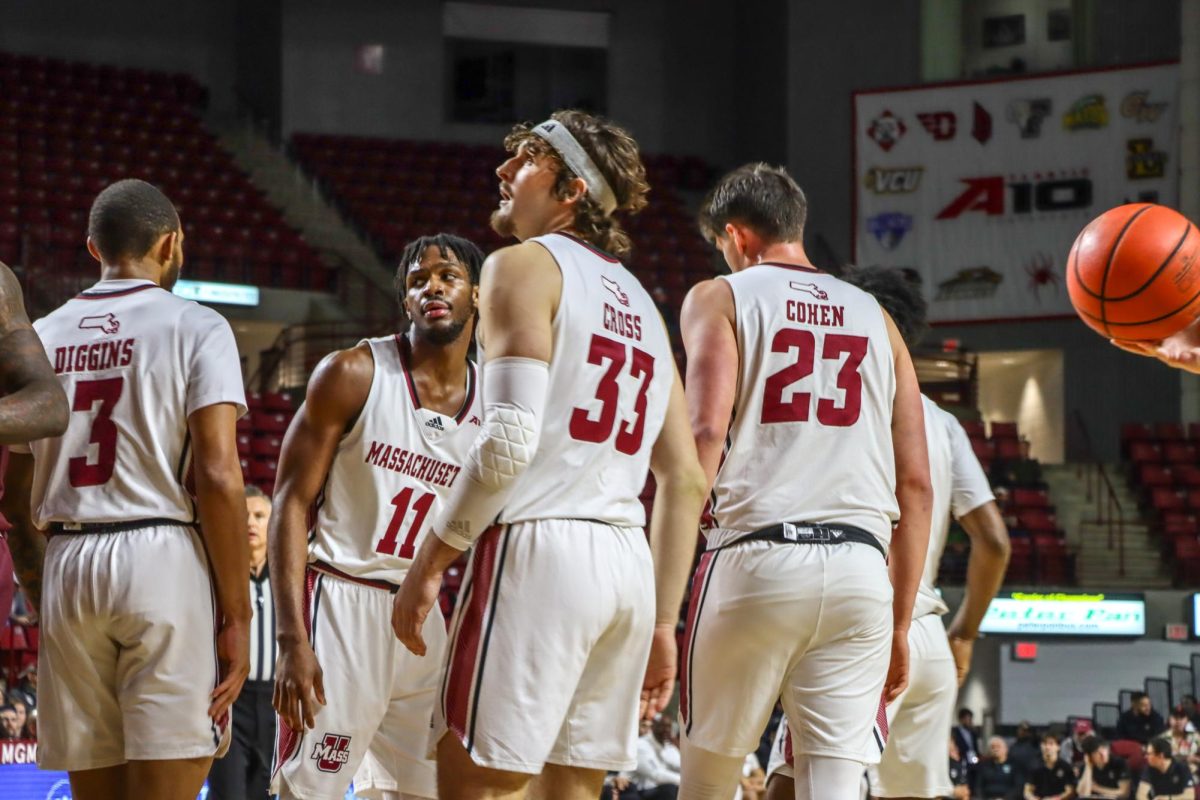


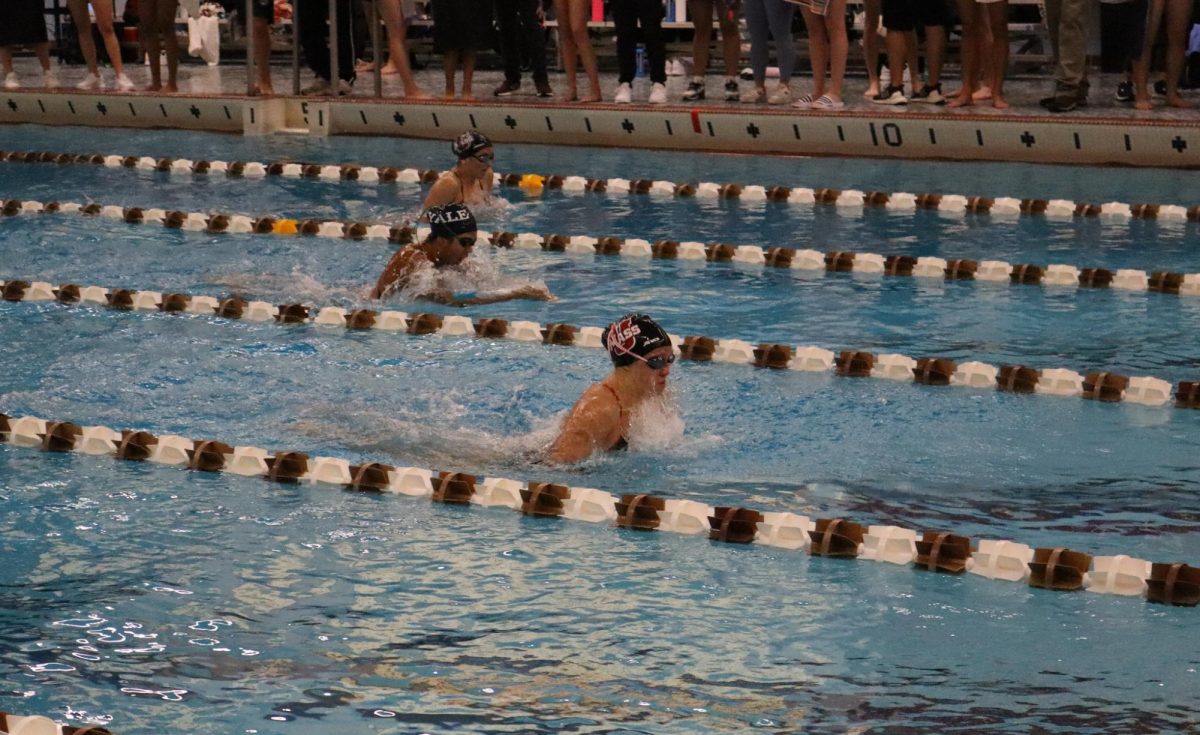
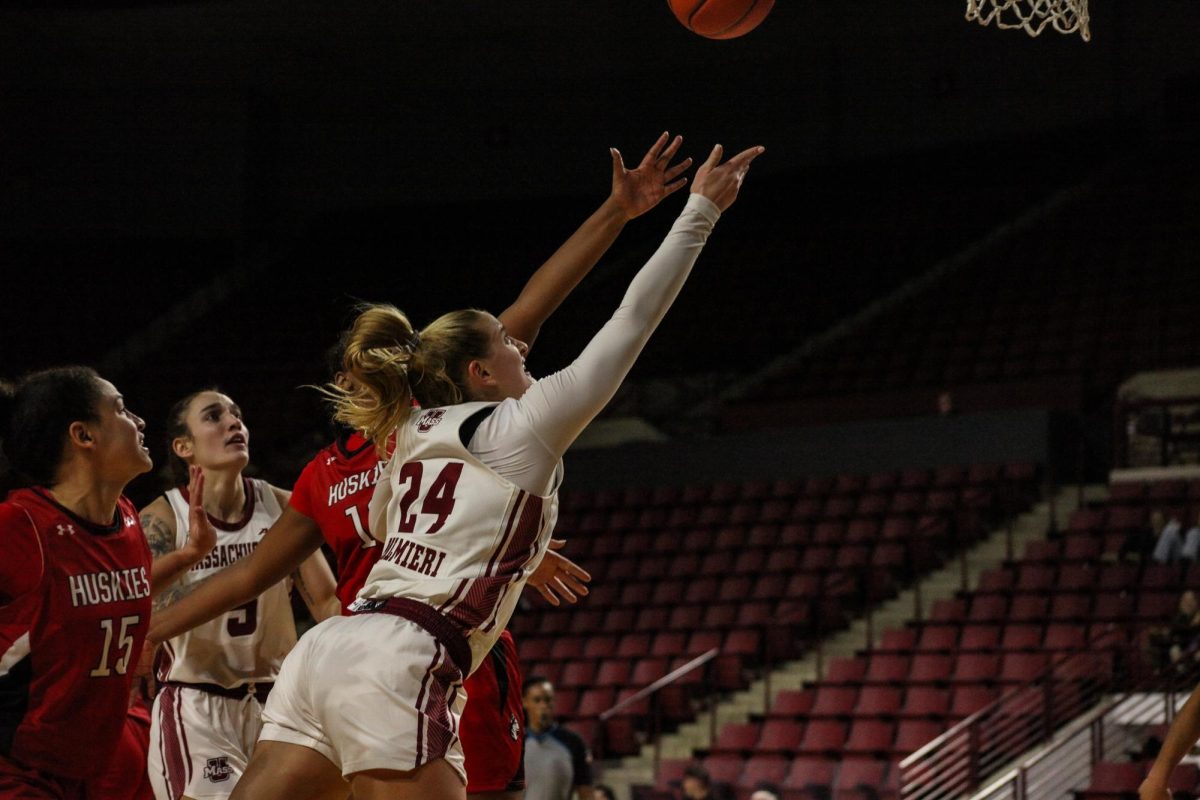
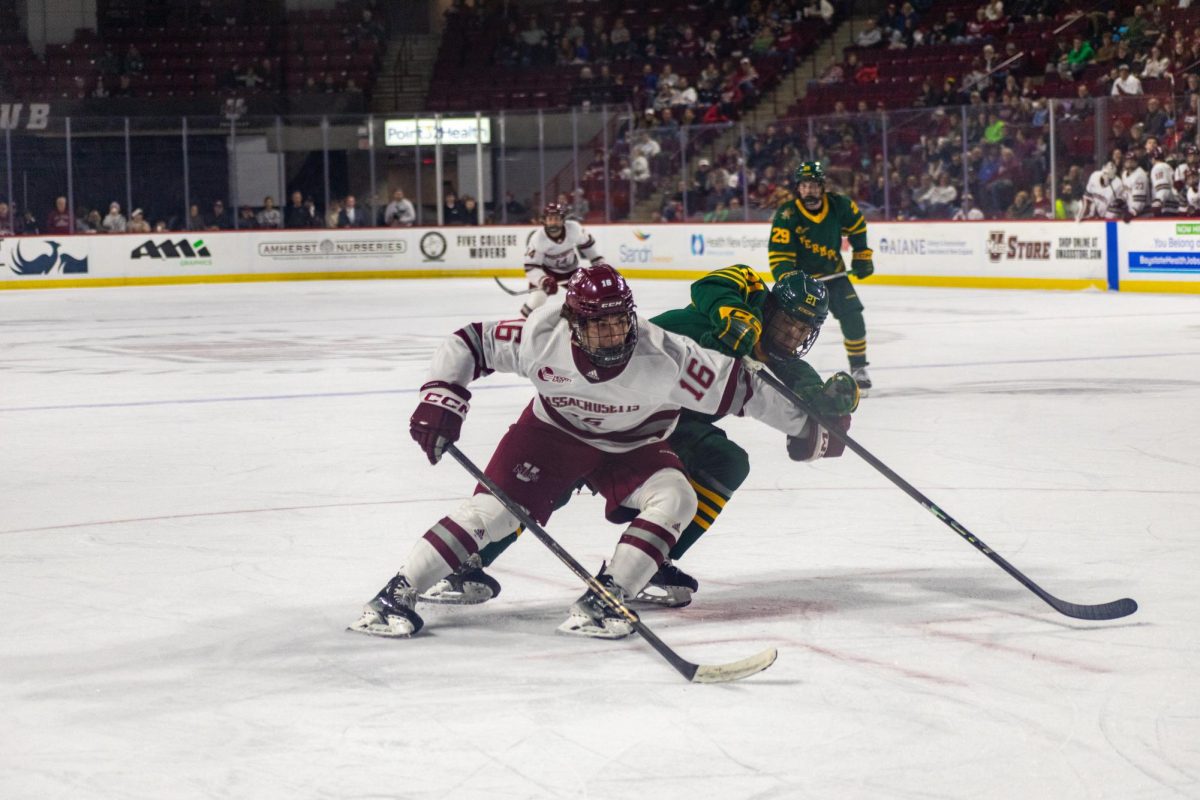
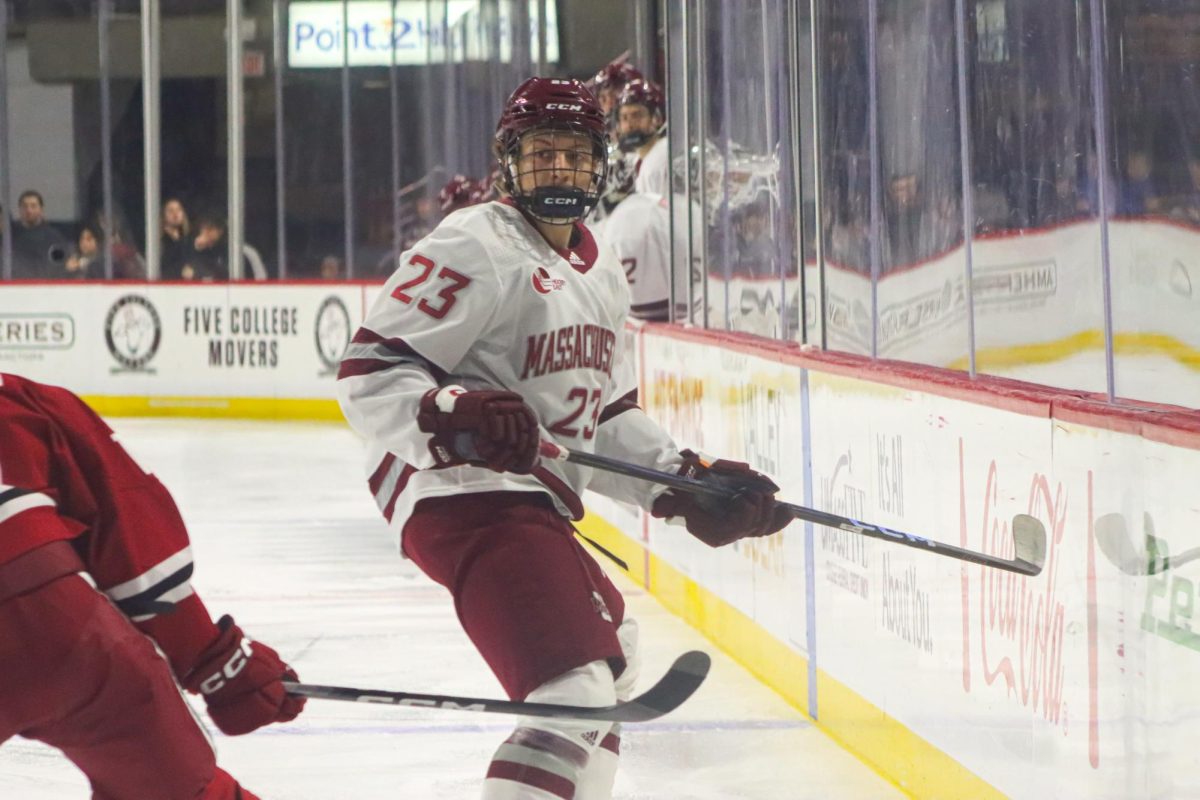
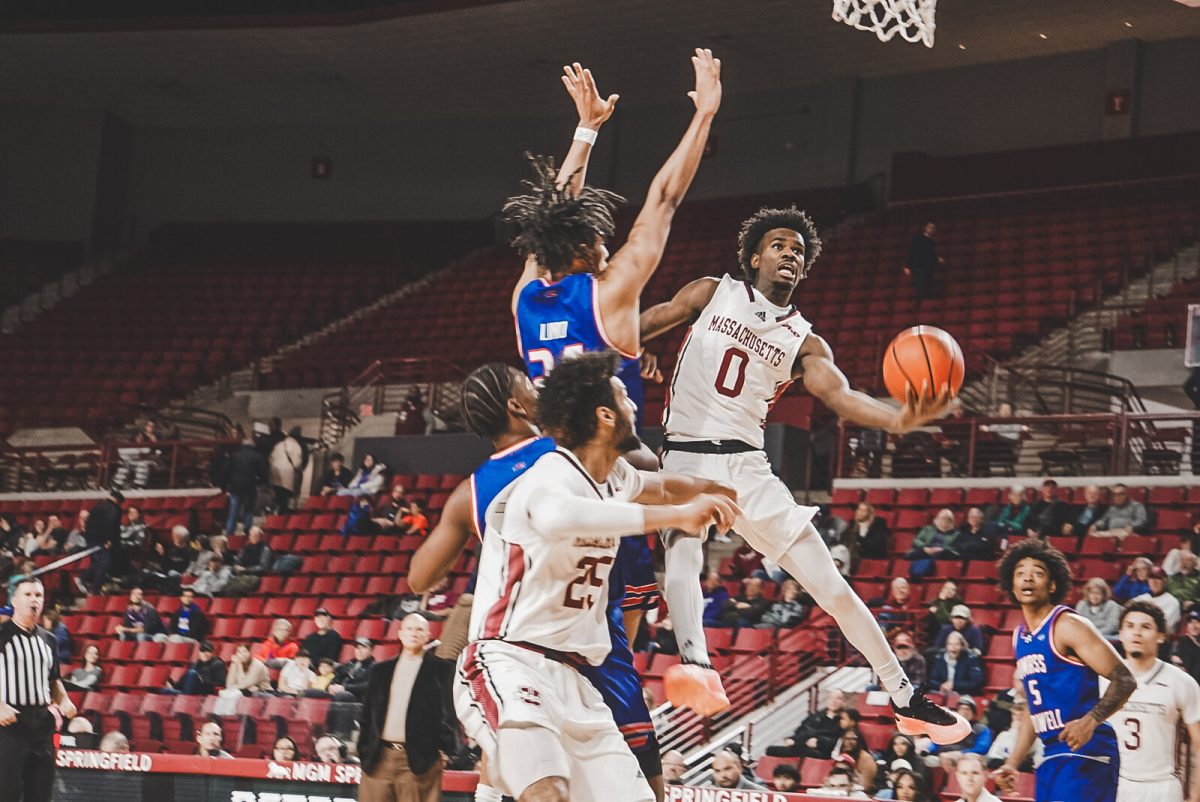








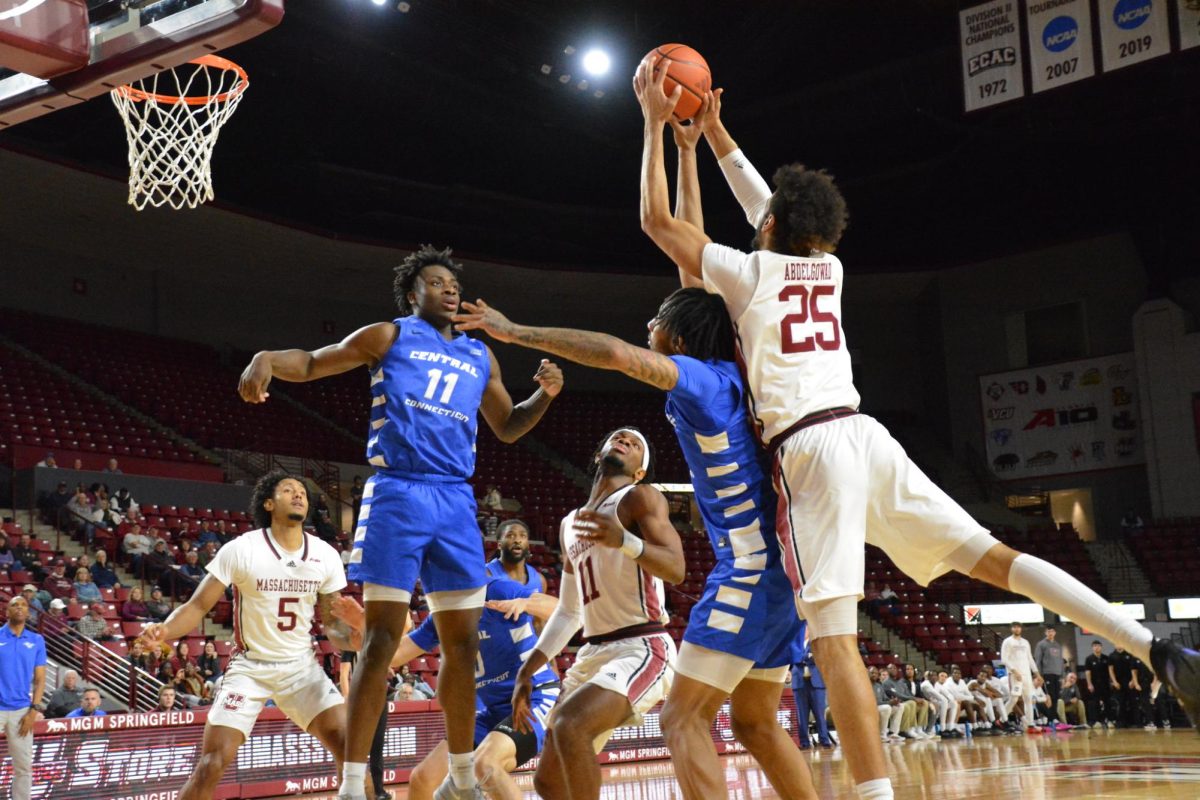
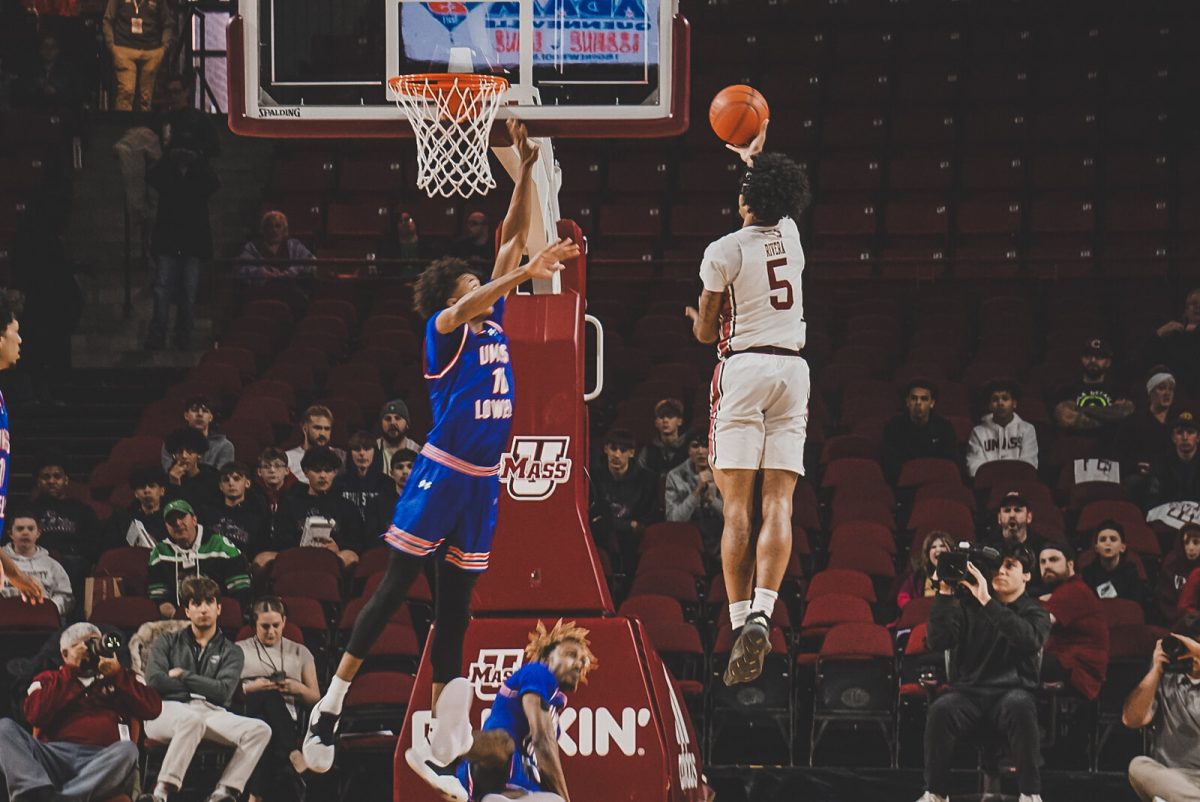
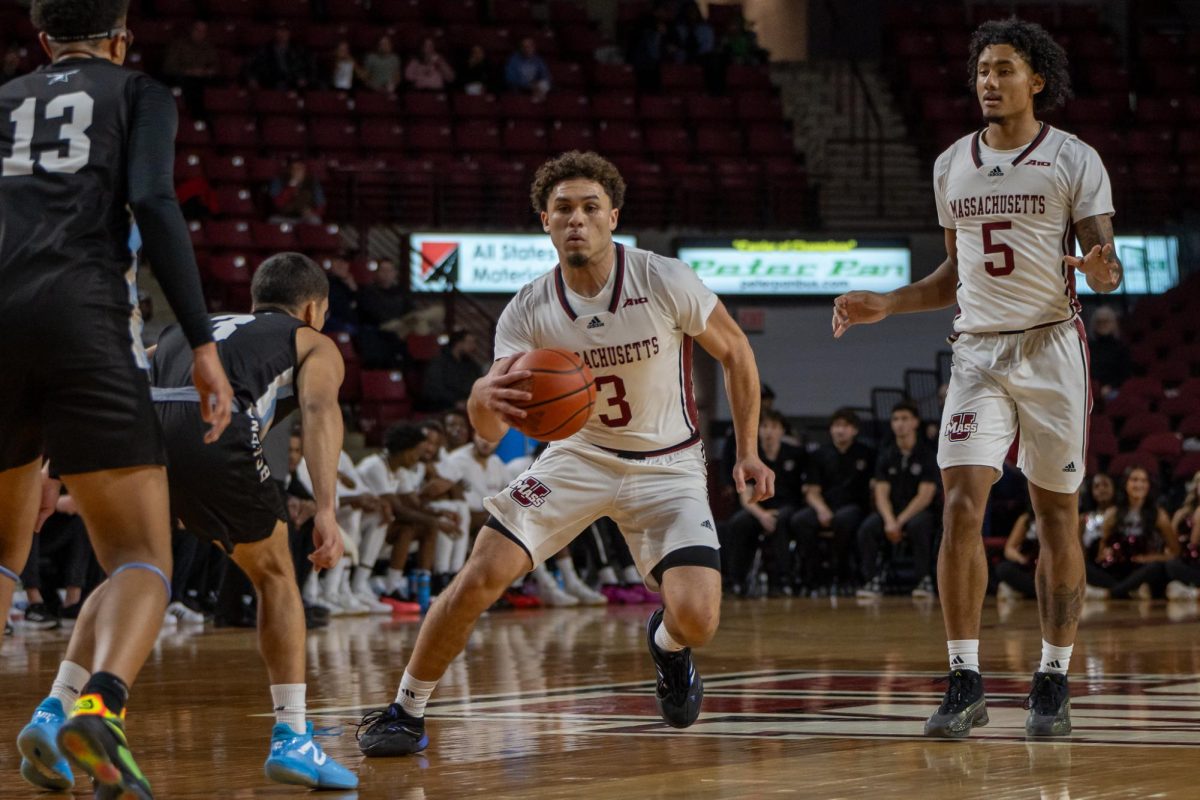
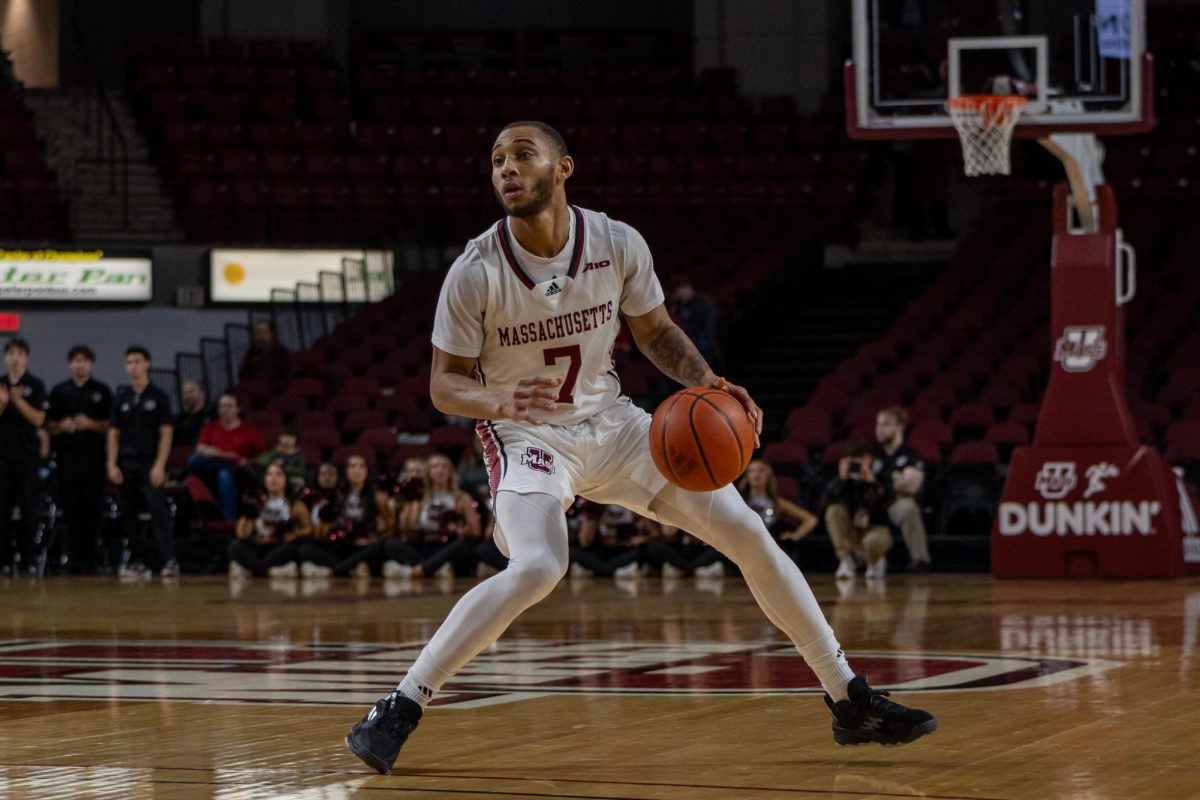
Thomas Dupree • Mar 11, 2024 at 10:41 pm
Just wait until the great freshman class starts looking for greener pastures. If I were a player with A10 talent, I would be out of town in a heartbeat. Don’t dream of filling the Mullins Center, that will never happen. What a disgrace.